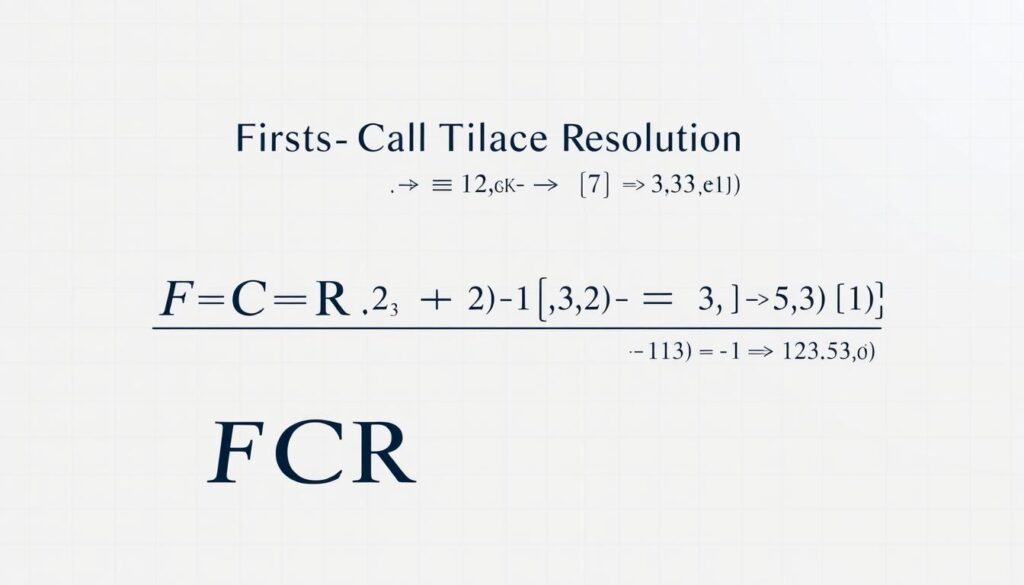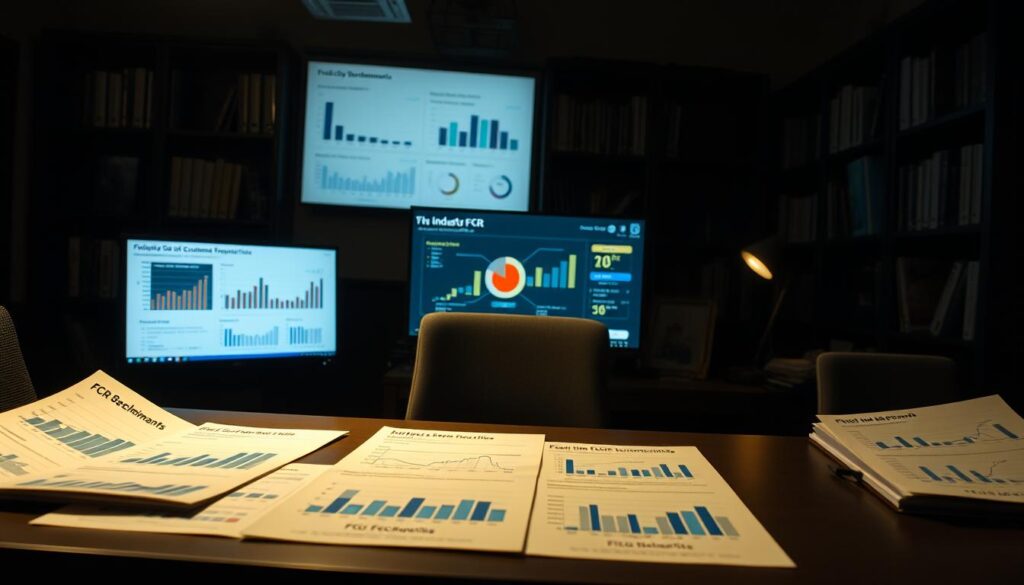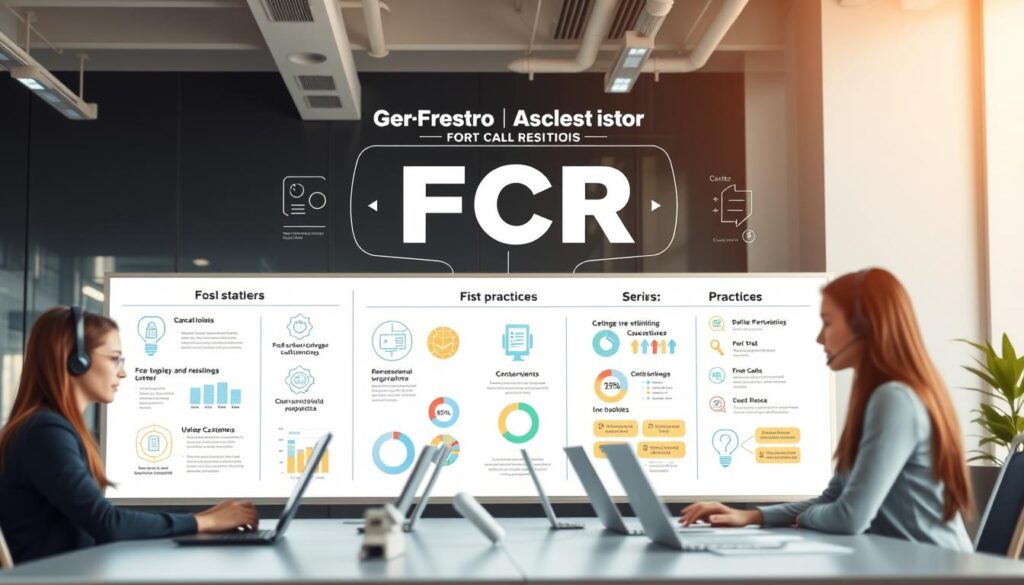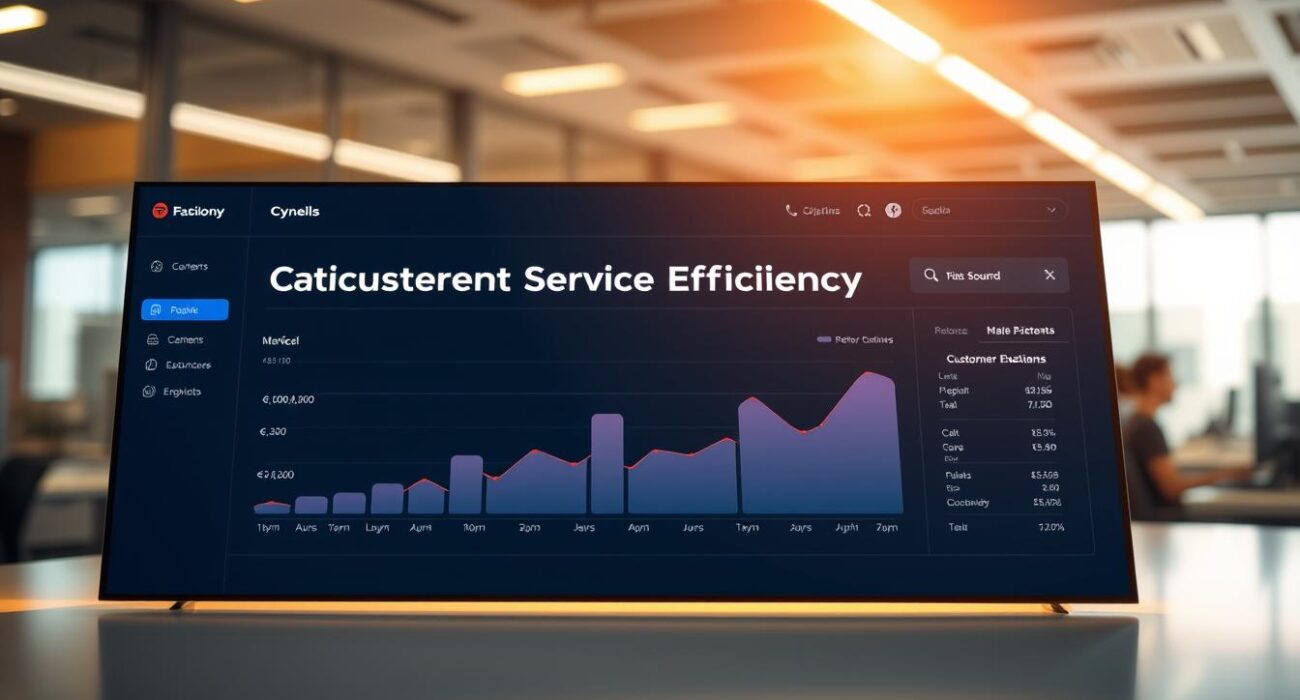How many customer service interactions actually solve your problem on the first try? If you’ve ever hung up frustrated after multiple call transfers or repeat explanations, you’re not alone. The stakes for getting it right the first time have never been higher—for both businesses and consumers.
FCR measures how often support teams resolve issues during the initial contact. With industry benchmarks hovering near 70%, nearly one-third of customers still face unnecessary follow-ups. This gap costs companies loyalty and revenue—especially as 74% of consumers say quick fixes matter most in service experiences.
Why does this metric dominate modern business strategies? Because every unresolved case erodes trust. Studies show customers who achieve resolution on the first attempt are 85% more likely to stay loyal. They’re also three times less likely to share negative feedback.
In 2025, FCR isn’t just a call center number—it’s a company-wide performance marker. From retail to tech, leaders use it to pinpoint training gaps and streamline workflows. As expectations soar, mastering this measure could mean the difference between thriving and barely surviving.
Ready to transform your approach? Let’s break down how top teams are redefining success in customer service—and how you can too.
Introduction to First Call Resolution
Every time a customer reaches out, there’s a hidden clock ticking. Businesses either fix the problem immediately or risk losing trust—and revenue. That’s where FCR becomes the ultimate test of service quality.

Defining the Core Metric
FCR tracks whether teams solve issues during the initial interaction. Phone-based solutions use “call” terminology, while omnichannel support (email, chat) often refers to “contact” resolution. Both versions share one rule: no follow-ups allowed.
This metric cuts through vague success claims. It demands complete closure—no transferred tickets or promised callbacks. When done right, it reveals which teams truly understand customer needs versus those just closing cases.
Why This Measure Dictates Success
High FCR rates correlate with 33% lower operational costs and 20% higher customer retention. Why? People reward companies that respect their time. One study found 68% of customers switch brands after just two unresolved contacts.
Modern service departments treat this metric as a growth engine. It exposes training gaps, flawed processes, and tech shortcomings—all while building loyalty in crowded markets. In 2025, mastering initial problem-solving isn’t optional—it’s survival.
The Value of First Call Resolution in Modern Customer Service
Imagine ending every customer interaction with a solved problem and a loyal advocate. That’s the power of mastering FCR—a metric that now defines success in service-driven industries. Over half (52%) of consumers say getting issues resolved immediately matters more than any other experience factor.

Impacts on Satisfaction and Loyalty
Quick fixes don’t just please customers—they keep them. Research shows brands with strong FCR retain 95% of clients, compared to 65% for those with poor performance. Why? Each 1% improvement in resolution rates boosts satisfaction by the same margin.
Repeat contacts erode trust fast. One follow-up call slashes approval scores by 15%. Two unresolved interactions make clients 2.4x more likely to switch competitors. This creates a loyalty domino effect—satisfied customers spend 23% more annually and refer three times as many peers.
| Metric | High FCR Impact | Low FCR Impact |
|---|---|---|
| Customer Satisfaction | +89% approval rate | -31% satisfaction |
| Loyalty Rate | 95% retention | 58% retention |
| Revenue Growth | +18% YoY | -7% YoY |
Forward-thinking companies treat FCR as a growth accelerator. They see 20% lower service costs and 33% faster issue handling—resources reinvested into innovation. In saturated markets, these advantages separate industry leaders from fading competitors.
Key Metrics: Understanding FCR Measurement & Calculations
While 70% seems like a passing grade in school, it’s the industry benchmark for successful issue resolution. Accurate tracking separates companies that guess from those who know their true performance.

FCR Formula Explained
The math behind FCR is simple but revealing. Divide resolved interactions by total unique contacts, then multiply by 100. A team handling 280 solved cases out of 400 daily inquiries achieves a 70% rate—directly measurable through this equation:
| Component | Example Value | Calculation |
|---|---|---|
| Resolved Interactions | 280 | (280 ÷ 400) × 100 = 70% |
| Total Unique Contacts | 400 |
Distinguishing FCR from Other KPI Measurements
General call resolution metrics count closed tickets. FCR demands zero follow-ups. This distinction matters—a 90% closure rate could hide 40% repeat contacts.
Effective measurement requires strict definitions. Was the issue fully solved? Did the customer need multiple channels? Clear criteria prevent inflated numbers and expose process gaps.
Teams prioritizing FCR reduce repeat contacts by 55% compared to those tracking basic resolution alone. This focus transforms temporary fixes into permanent solutions.
Evaluating Industry Benchmarks and Trends for FCR
Not all customer service metrics are created equal—especially when industry complexity reshapes expectations. While retail teams might resolve 85% of inquiries quickly, tech support often battles sub-50% rates due to intricate troubleshooting demands.

Average FCR Rates by Industry
Current data shows a 68% cross-sector average for resolved initial contacts. Retail and nonprofits lead with 79-91% success rates, thanks to straightforward requests like order updates. Telecom and IT support lag at 39-52%, where multi-step fixes dominate interactions.
The pandemic shifted these numbers. Remote work challenges and staff turnover drove a 4% overall decline since 2020. Industries relying on hands-on support—like healthcare equipment providers—faced steeper drops compared to digital-first sectors.
| Industry | FCR Range | Key Challenges |
|---|---|---|
| Retail | 79-91% | High volume, low complexity |
| Telecom | 42-53% | Technical troubleshooting |
| Nonprofit | 83-89% | Donation management |
Internal Versus External Measurement Approaches
Two methods dominate FCR tracking. Post-contact surveys let customers decide if their issue was truly resolved—a method showing 12% lower scores than internal reports. Teams using this approach often uncover hidden process gaps.
Internal tracking focuses on ticket closure speed. While useful for spotting trends, it risks overlooking unresolved follow-ups. Leading centers blend both strategies, aligning operational data with client feedback for balanced insights.
How to Measure and Track First Call Resolution Performance
Accurate measurement separates guesswork from actionable insights. To truly understand FCR success, teams need systems that capture both operational data and customer perspectives. This dual approach reveals gaps between internal assumptions and real-world outcomes.
![]()
Implementing Post-Call Surveys and Voice of the Customer
Post-interaction surveys remain the most reliable way to gauge true resolution success. When sent immediately after service, they capture unfiltered feedback. Standardized questions like “Was your issue fully resolved today?” enable consistent benchmarking across industries.
Voice of Customer (VoC) programs take this further by analyzing sentiment patterns. They identify recurring phrases like “I’ll need to call back” that signal unresolved issues. Companies using these tools see 18% faster improvement in FCR rates compared to internal tracking alone.
| Measurement Method | Accuracy Rate | Implementation Cost | Annual FCR Gain |
|---|---|---|---|
| Internal Ticket Tracking | 62% | $1,200 | 1-3% |
| Post-Call Surveys | 89% | $4,800 | 5-7% |
| VoC Analytics | 94% | $9,500 | 8-10% |
Agents can boost accuracy by confirming resolution during interactions. A simple “Does this fully address your concern?” reduces follow-up calls by 22%. Combined with automated surveys, this creates multiple validation points.
Teams that track FCR for 12+ months achieve 10% higher retention rates. Continuous monitoring spots trends—like rising callback volumes on specific products—enabling proactive fixes. In 2025, measurement isn’t just about numbers—it’s about building customer trust through transparency.
How to Improve First Call Resolution
Most customer service failures stem from preventable gaps in knowledge and tools. With 38% of unresolved cases linked to agent errors and 49% to flawed processes, strategic upgrades deliver measurable results. Addressing these areas creates immediate FCR improvements while building long-term customer trust.

Agent Training and Empowerment Strategies
Effective training programs reduce repeat contacts by 55%. Weekly coaching sessions outperform quarterly workshops, with teams achieving 14% higher resolution rates. Cross-trained agents resolve 32% more inquiries without transfers, according to contact center data.
Empowerment proves equally critical. Agents authorized to issue refunds or discounts under $200 resolve 89% of billing disputes immediately. This eliminates escalations and builds customer confidence in frontline staff.
Integrating Self-Service and Omnichannel Support
Intelligent chatbots handle 47% of routine inquiries, freeing support teams for complex cases. Customers using self-service portals before calling resolve issues 22% faster. This dual approach reduces contact volume while improving FCR for remaining interactions.
Unified omnichannel systems track issues across email, chat, and phone. A client starting with a chatbot and switching to live service maintains one continuous case file—eliminating repeat explanations and boosting resolution success by 19%.
Overcoming Challenges in Achieving High FCR
Businesses striving for service excellence often hit invisible walls. Three roadblocks dominate FCR improvement efforts: agent skill gaps, customer misunderstandings, and rigid organizational processes. SQM research reveals these factors account for 38%, 13%, and 49% of unresolved cases respectively.
Addressing Common Contact Center Obstacles
Repeat contacts spike when people seek status updates or face disconnections during holds. Knowledge gaps among frontline staff compound these issues—nearly half of unresolved cases stem from agents lacking critical troubleshooting data.
The 2023 turnover crisis magnifies these challenges. With 38% annual attrition rates, centers constantly train new hires instead of refining existing skills. Burnout among experienced agents further degrades performance, creating a cycle of rushed interactions and incomplete solutions.
Forward-thinking teams combat these hurdles through cross-departmental collaboration. Updated knowledge bases reduce information gaps by 41%, while AI-powered hold systems cut disconnections by 27%. Investing in employee wellness programs shows 19% lower turnover—directly boosting high FCR consistency.
Success requires treating resolution quality as a company-wide priority. When technical teams fix recurring product issues and HR improves staff retention, customers experience fewer problems needing multiple calls. This systemic approach transforms temporary fixes into lasting service improvements.


